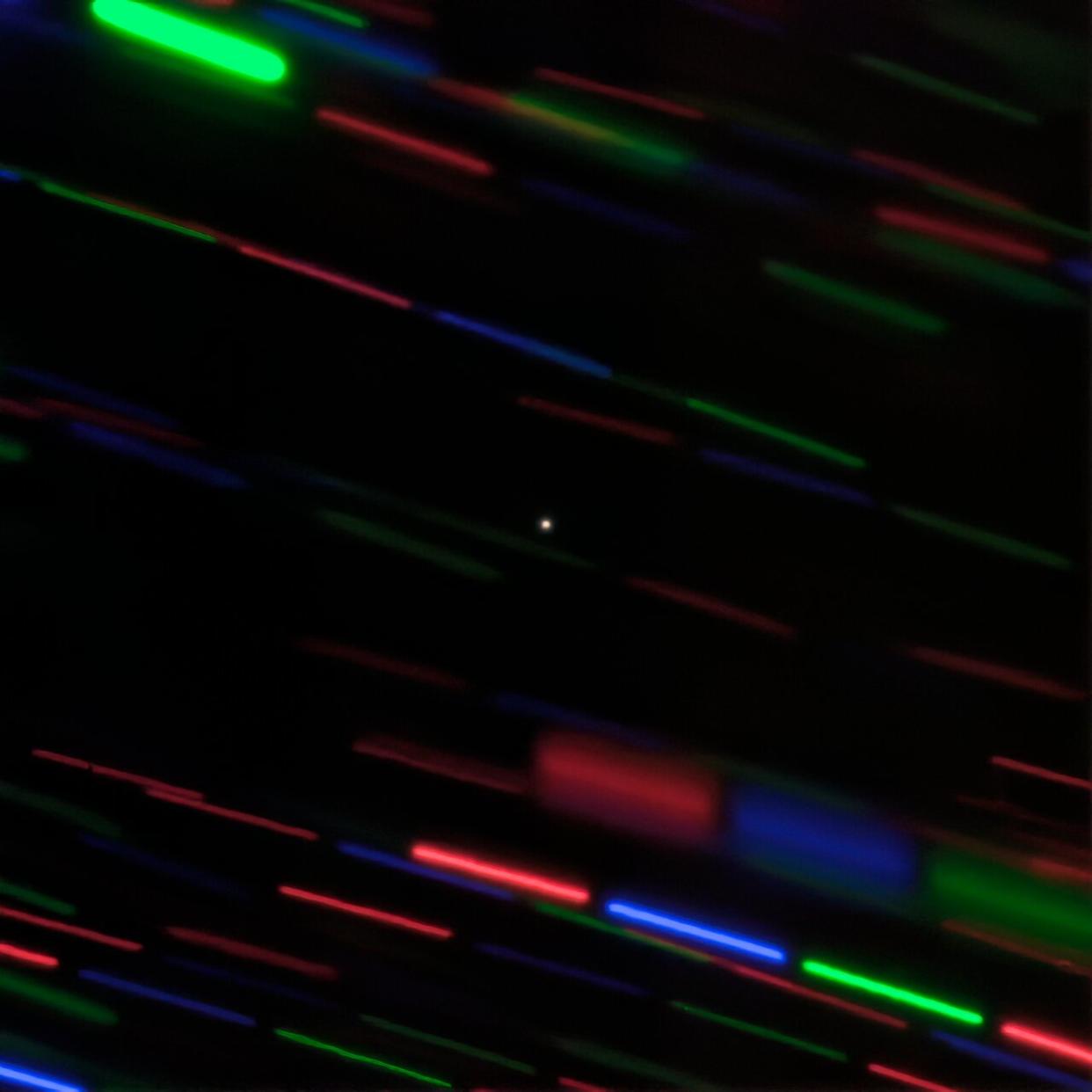‘Minimoon’ which orbited Earth this year was asteroid the size of a car

Astronomers got a good look at a ‘minimoon’ which briefly orbited our planet earlier this year - before disappearing off into space.
The first known minimoon, 2006 RH120, was detected 14 years ago - and the object, 2020 CD3 is only the second one ever spotted.
‘Minimoons' are only a few feet across, and each tends to do a stint of around a few months in orbit - before resuming their previous lives as asteroids.
Scientists observed the object using the Lowell Discovery Telescope (LDT) - and say it’s definitely an asteroid, not a rogue piece of space junk.
The team published their results today in the Astronomical Journal.
Watch: China launches mission to bring back moon rocks
Read more: Mysterious “rogue planet” could be even weirder than we thought
Lowell Observatory astronomer Nick Moskovitz said, "This object wasn't bright enough to study for very long. The fact that we have this telescope in our backyard and were able to rapidly respond really made a difference.".
The study estimates CD3 is approximately 3-5 feet in diameter - about the size of a small car - and that it came within about 8,100 miles of Earth at closest approach.
It’s also a moon, not a piece of space junk - unlike another supposed ‘minimoon’ spotted this year.
Grigori Fedorets of Queen’s University Belftast said, "Minimoons are expected to be discovered in high numbers in the following decade, with the opening of the Vera C. Rubin Observatory expected in 2023."
"The rotation rate was probably the largest unanswered question of this research. The Lowell team showed that it rotates slower than anticipated for objects of this size range."
Read more: Astronomers find closest black hole to Earth
Another mini-moon predicted to pass Earth this year may be a little different - as experts have suggested it’s not a moon at all, but man-made space junk.
Specifically, it may be a discarded part of a rocket launched in 1966, experts have suggested.
The tiny object, known as 2020 SO, was spotted by the Pan-STARRS1 at the Haleakala Observatory on 17 September 2020, ScienceAlert reports.
Read more: What are fast radio bursts, and why do they look like aliens?
It will be captured by Earth this October, and will pass close by Earth in December 2020 and February 2021, Sky reports.
It will continue to orbit our planet until May next year.
Alice Gorman of Flinders University in Australia says that several measurements about 2020 SO suggest it’s not an asteroid, in an interview with Science Alert..
Gorman said, "The velocity seems to be a big one. What I'm seeing is that it's just moving too slowly, which reflects its initial velocity. That's essentially a big giveaway."
Gorman says that these signs suggest that the object may be space junk.
Astronomer Paul Chodas has suggested that the object is a Surveyor 2 Centaur rocket body, launched on September 20, 1966.
Watch: Scientists just discovered outer space isn't pitch black

 Yahoo News
Yahoo News 

